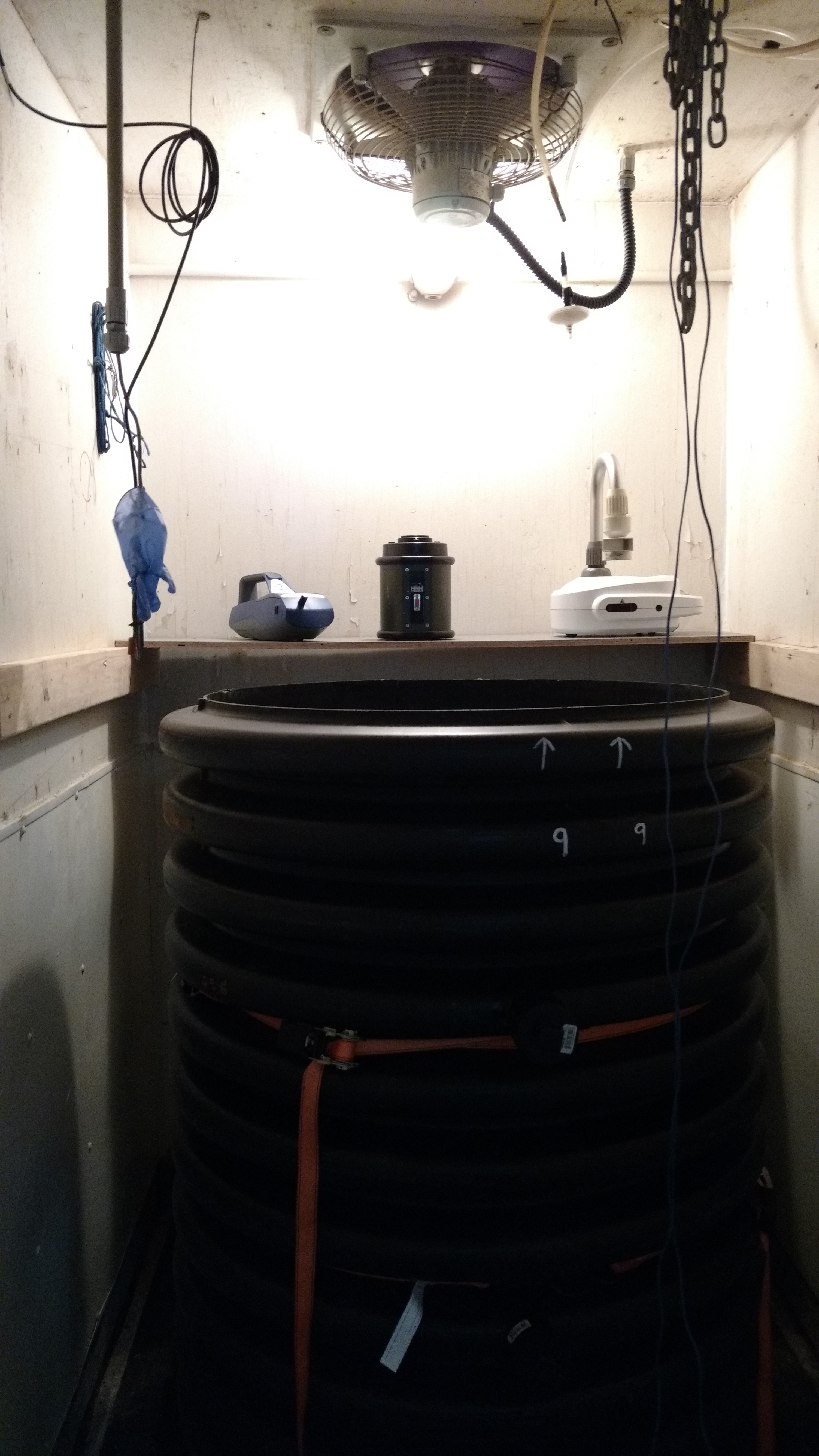Articles scientifiques

- Date de publication : 2021-02-05
Référence
Duquette-Lozeau, K., Létourneau, V., Lemieux, J., Fournel, S., Côté, C., Godbout, S., & Duchaine. C. (2021). Production of composted recycled manure solids from a Canadian dairy farm: impact on microbial air quality in experimental conditions. Journal of the Air and Waste Management Association, https://doi.org/10.1080/10962247.2020.1832620.
Documents
Information Complémentaire
https://www.tandfonline.com/doi/full/10.1080/10962247.2020.1832620
Mot(s) Clé(s)
Lait Fumier Environnement
Résumé
Recycled manure solids (RMS) produced in dairy farms from fresh manure need to be sanitized before using them as bedding material. However, the impact on air quality of composting RMS remains unknown. Four RMS composting methods were tested during a 10-day aging of piles in experimental chambers: static windrow (SW), turned windrow (TW), SW following drum composting for 24 h (DC24) or SW following drum composting for 72 h (DC72). Air samples were collected using a SASS®3100 Dry Air Sampler on days 0 (pilling of the RMS), 5, and 10. Bacteria (16S rRNA genes), Penicillium/Aspergillus, A fumigatus, and 11 human pathogenic bacteria (e.g. Klebsiella pneumonia) were quantified by qPCR while endotoxins and dust particles were, respectively, measured by LAL assays and with a DustTrakTM DRX Aerosol Monitor. On day 0, RMS produced by SW and TW yielded the lowest concentrations of airborne bacteria, while DC24 resulted in the lowest levels of Penicillium/Aspergillus and dust particles. SW method led on day 5 to the lowest concentration of bacteria and Penicillium/Aspergillus, and DC24 and DC72 to the lowest concentration of airborne dust. On day 10, SW and TW piles were associated with the lowest levels of Penicillium/Aspergillus and dust particles. A significant difference was observed between concentration of airborne bacteria, Penicillium/Aspergillus and endotoxins before and during the turnover of TW piles. None of the studied human pathogens was detected in the air samples. Results of the present study suggest that SW and TW are the most promising methods for the production of composted RMS with respect to microbial air quality. However, the experimental chambers do not accurately represent commercial dairy barns and further research on these composting methods is necessary. Finally, the study highlights that bedding material and its management may be determinant factors for air quality in dairy barns.


